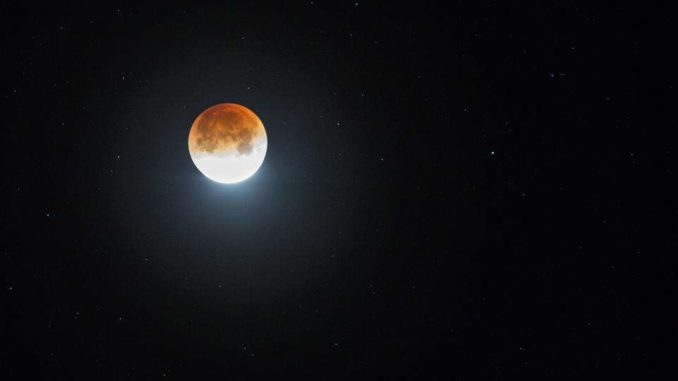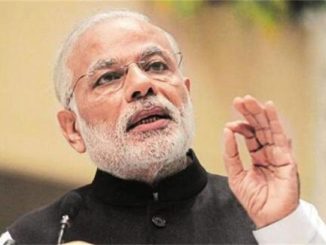
Newsweek Europe
15 MAY, 2018
The longest lunar eclipse of the 21st century is set to occur on July 27, 2018, when the moon will be cast within Earth’s shadow for one hour and 43 minutes. In addition to being eclipsed, the moon will also turn red as it reflects the sun’s rays, creating a truly spectacular sight.
Unfortunately, not everyone will be able to witness the event, and those in North and South America may need to book a trip elsewhere if they want to catch a glimpse. The eclipse will be most visible in parts of Africa, the Middle East, India, Australia, and some parts of Europe, IFL Science reported.
In the last century, only four total lunar eclipses had a period totality—the time where the moon is completely eclipsed—that rivaled this summer’s event. This included a lunar eclipse on June 15, 2011 that lasted 100 minutes, one on July 16, 2000 which lasted 107 minutes, an eclipse in July 1982 that lasted 107 minutes and one in July 1935 that lasted 101 minutes, Space.com reported.
Because each event took place in the 20th century, July’s eclipse will be the longest lasting lunar eclipse of the new century thus far.
The total lunar eclipse will occur this upcoming summer. An image of a total lunar eclipse in the Mojave Desert on January 31, 2018. David McNew/Getty Images
In a calendar year, there are a maximum of four solar eclipses and three lunar, NASA reported. There are three types of lunar eclipses: total, partial and penumbral. July’s event will be a total lunar eclipse.
A total lunar eclipse can only happen when there is a full moon and the sun, Earth and moon are perfectly lined up. When this occurs, Earth will pass directly between the sun and the moon, casting a shadow on the moon.
The event builds slowly, with the moon becoming shadowed over the course of several hours. When the eclipse reaches a peak, Earth’s full shadow, called the umbra, completely falls over the moon. The moon will appear dark and may even have a dim red glow as a result of sunlight. In addition, other factors can make the moon appear even redder.
“The exact color that the moon appears depends on the amount of dust and clouds in the atmosphere,” said NASA scientists, Space.com reported. “If there are extra particles in the atmosphere, from say a recent volcanic eruption, the moon will appear a darker shade of red.”
This particular lunar eclipse is especially long because the moon will pass through nearly the center of the umbra, meaning it will be in the shadow for a longer amount of time. When the moon passes only through the side of the umbra, the eclipse is shorter.
In addition, Earth will also be at its furthest point from the sun during the time of the eclipse. This means that Earth’s shadow will be even larger than usual. The moon will also be at its furthest point from Earth, making it even more able to fit into Earth’s shadow. The combination of these rare space events will enable us on Earth to view the specular event that is a total lunar eclipse.
Visits: 83




Be the first to comment